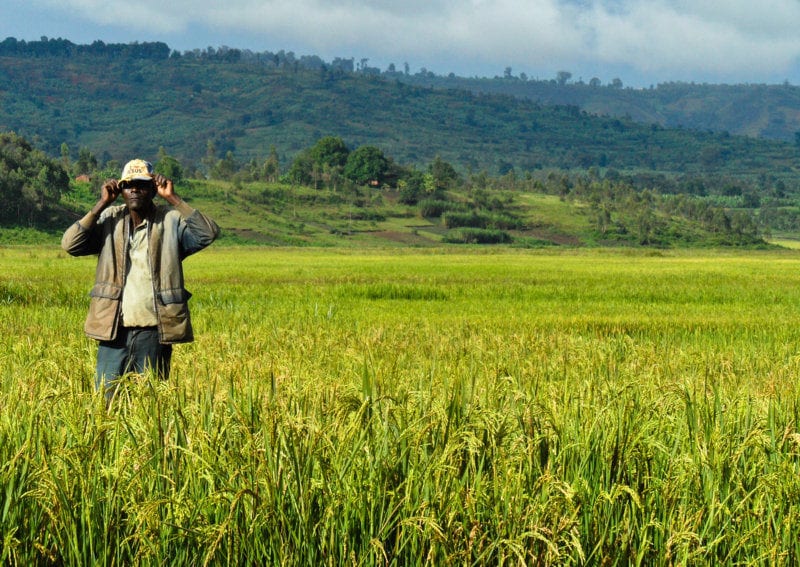By: Leocadia Bongben
Send to a friend
The details you provide on this page will not be used to send unsolicited email, and will not be sold to a 3rd party. See privacy policy.
It's good news for rice farmers in Cameroon! Their Yaoundé-based National Institute for Agricultural Research for Development (IRAD) has developed a post-harvest rice machine.
The machine that mills rice, cleans it and separates the broken grains from the good one is one of the many scientific innovations developed by the institution to improve rice growing in the country.
Eddy Ngongkeu, the scientific coordinator of annual crops at IRAD, tells SciDev.Net: "The machine could be helpful in reducing post-harvest losses estimated at 125,000 tons out of 300,000 tons of rice produced last year".
"IRAD conducts research and brings out the results which are then sent to the Ministry of Scientific Research that secures the necessary funding to enable the farmers to use them," he explains.
Unfortunately, Ngongkeu who was speaking at the 3rd Africa Rice Congress in Yaoundé, Cameroon, last week (21-24 October) says, this machine may take long to reach farmers due to policy gaps.
For these innovations to reach the farmers, the government needs to come up with an effective policy framework on dissemination of scientific innovations and research findings to the farmers.
This requires political will from both the Ministry of Agriculture and Rural Development which is responsible for implementing the research results from IRAD, and the Ministry of Scientific Research and Innovation.
Farmers need to be trained in post-harvest management such as threshing and milling; some of the major problems facing African rice farmers.
To minimise post-harvest losses, Ndindeng Sali Atanga, an Africa rice grain quality and post-harvest expert, says farmers should be trained to handle rice from harvest to milling.
"If post-harvest losses are reduced to 15 per cent, it may create a greater effect than planting new varieties. Rice should be harvested after 35 days, when the grains start shooting out and should not be left to become too dry in the field," Atanga says.
“Spending a longer time to harvest means the rice gets too dry and grains fall off in the process and most gets broken during milling.”
Ngong Violet Tabli
Ngong Violet Tabli, a Cameroonian rice farmer is aware of this: "When the grains are yellowish and the whole field has a uniform colour, that is the best time to harvest."
Niger rice farmer Mahamadou Hassane says: "We harvest the rice manually as we don't have the tools. Threshing is done with empty tins and the grains get scattered and broken in the process".
This article has been produced by SciDev.Net's Sub-Saharan Africa desk.














